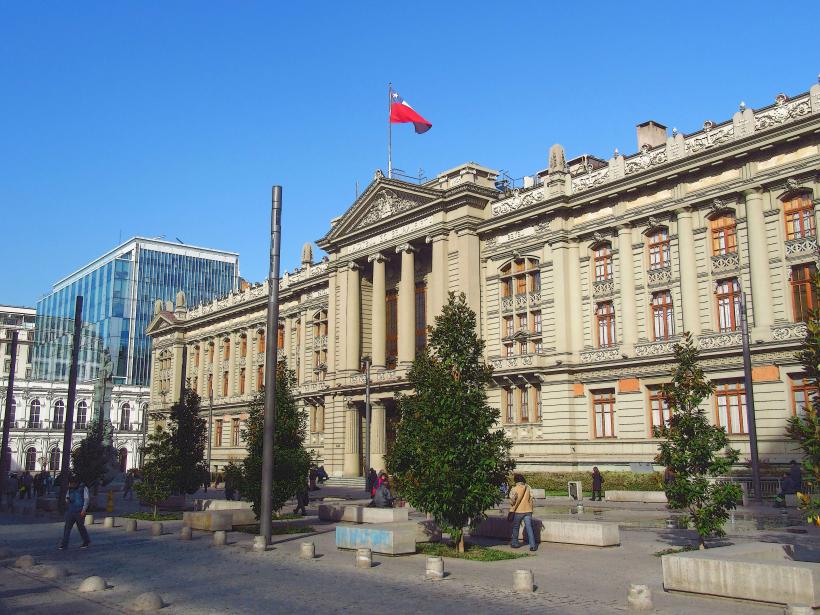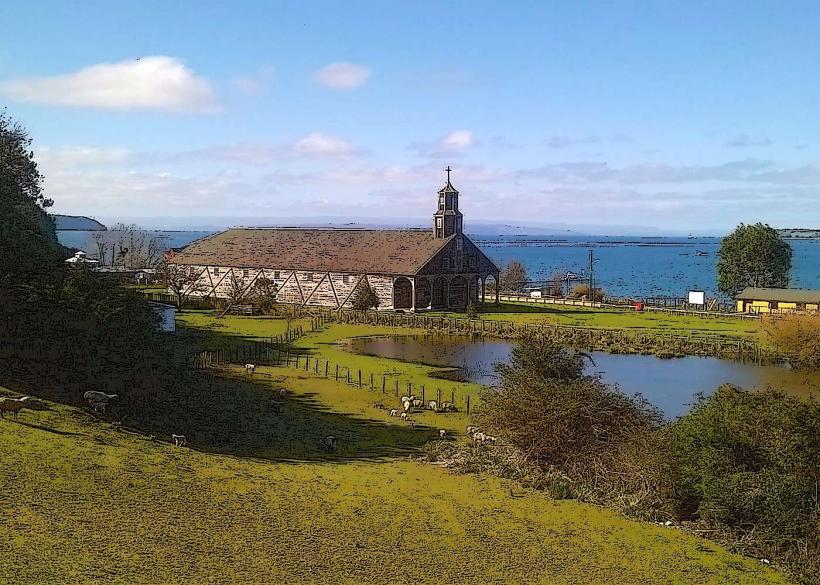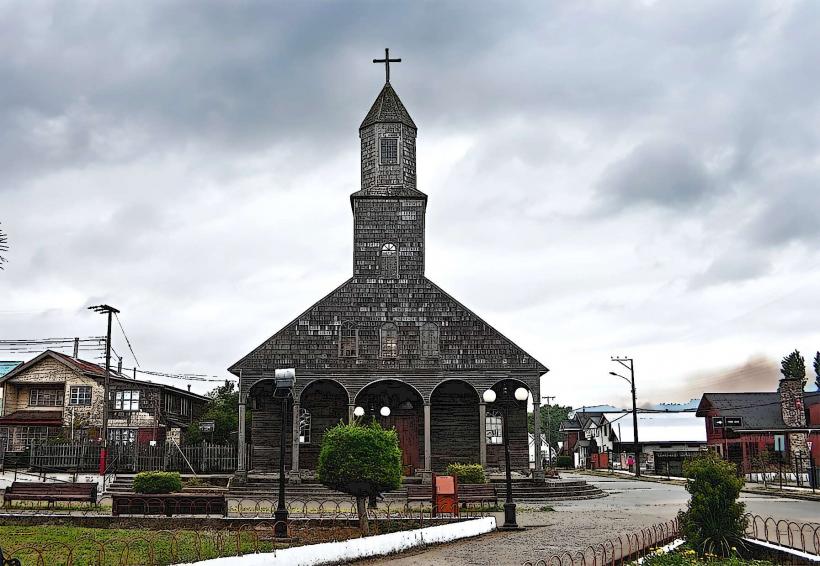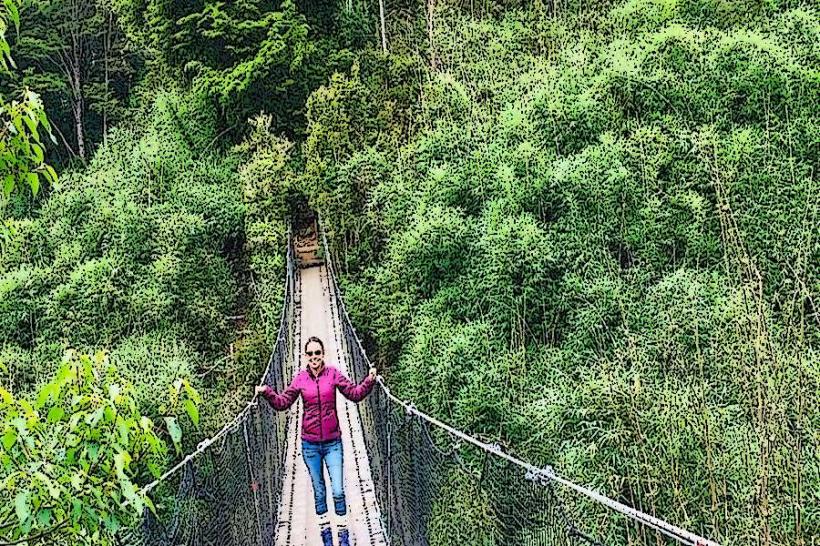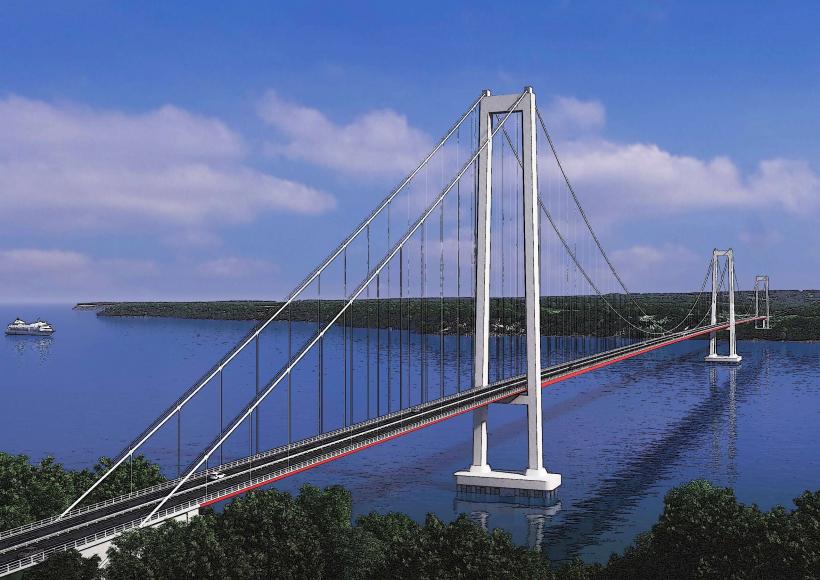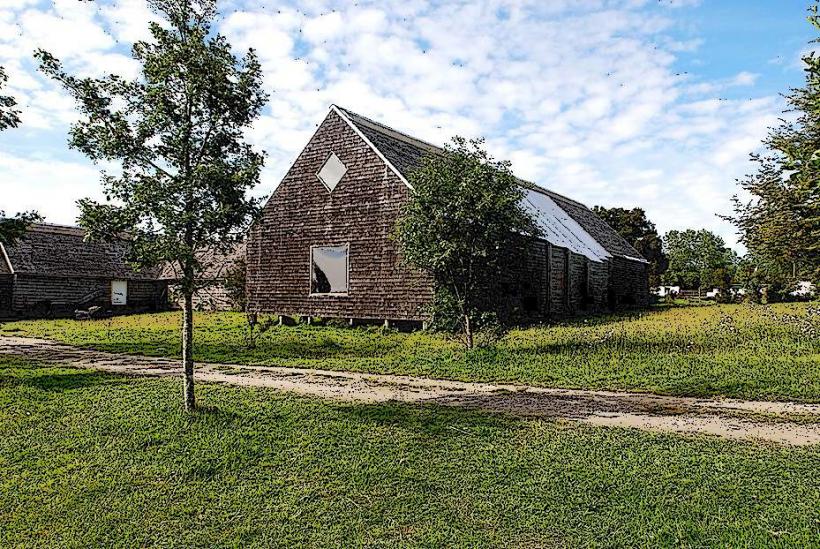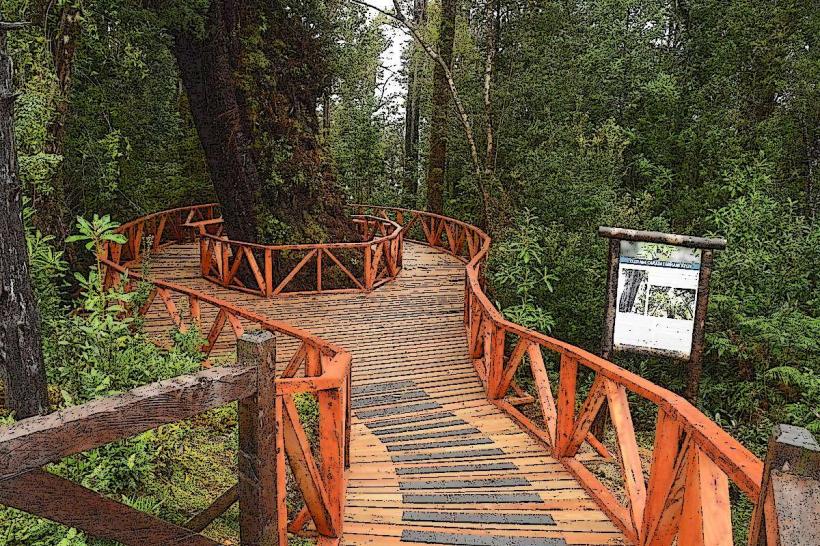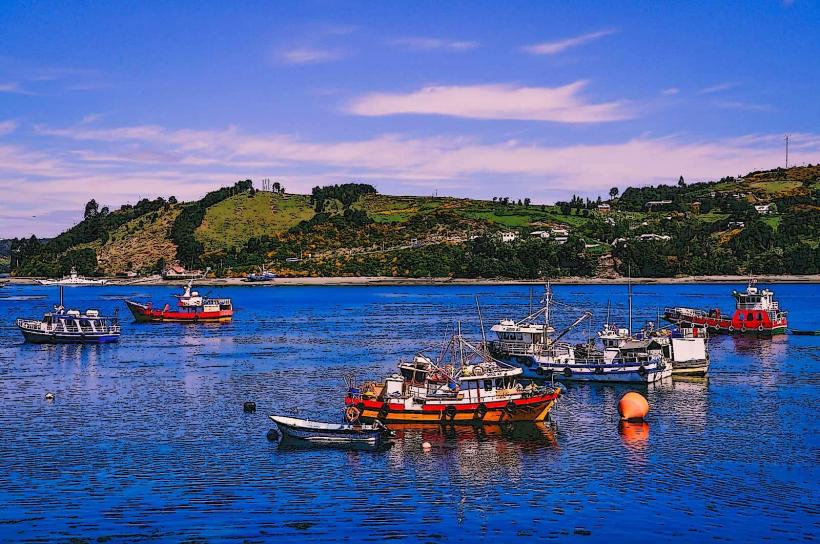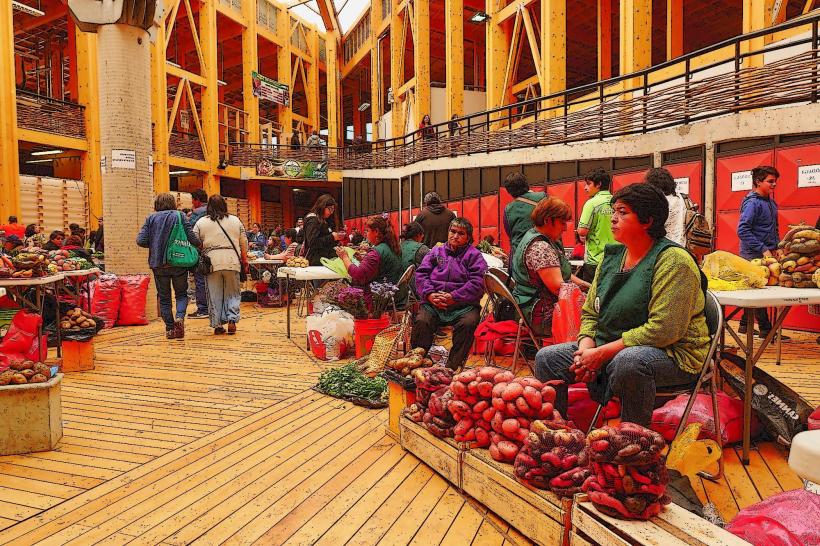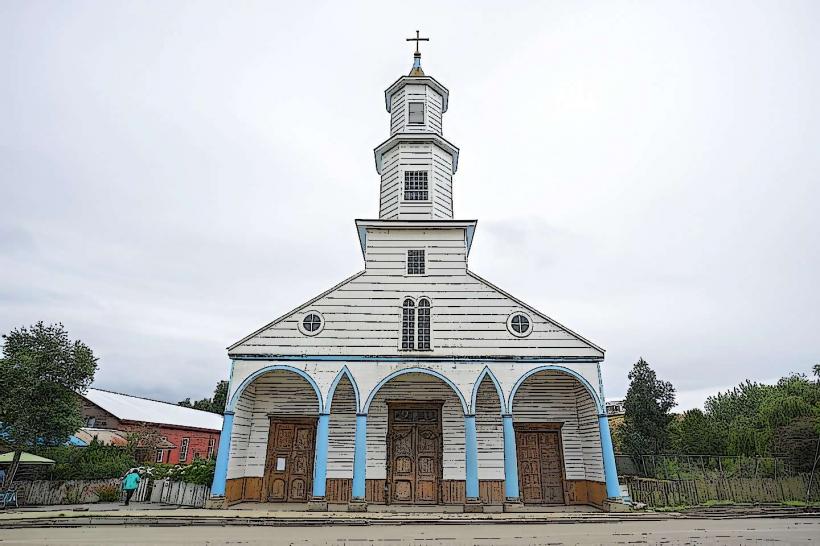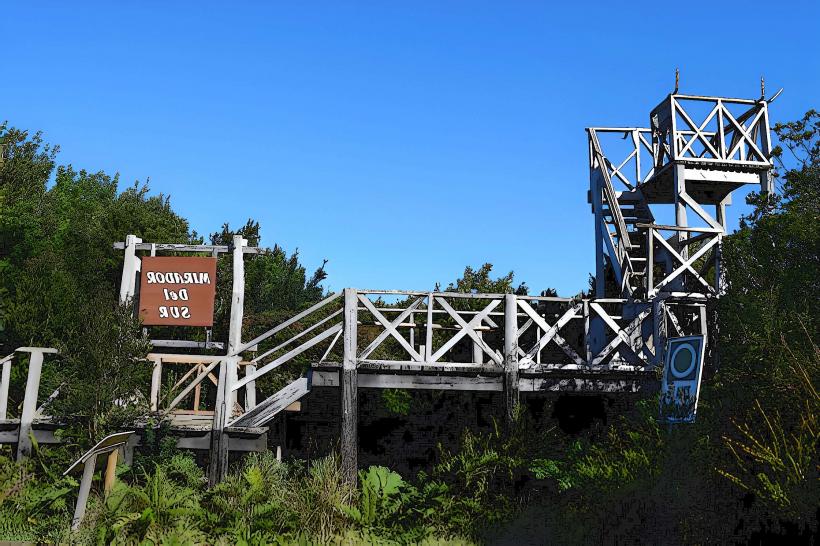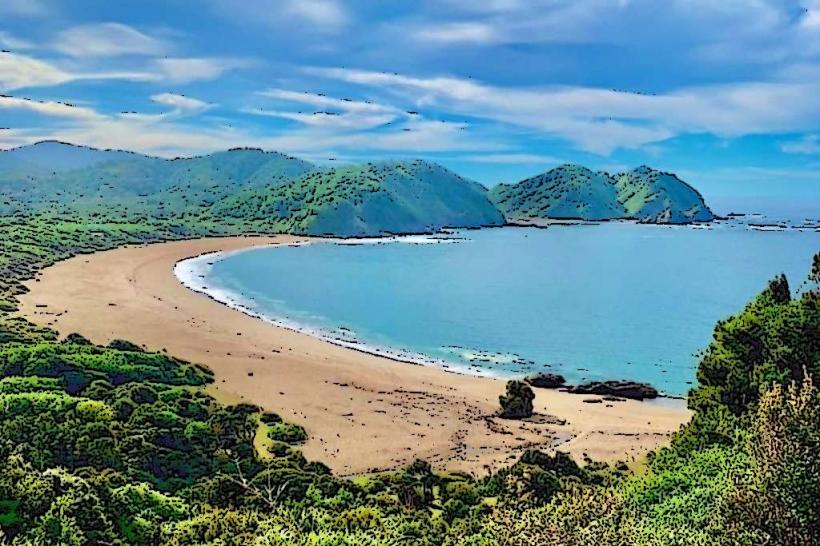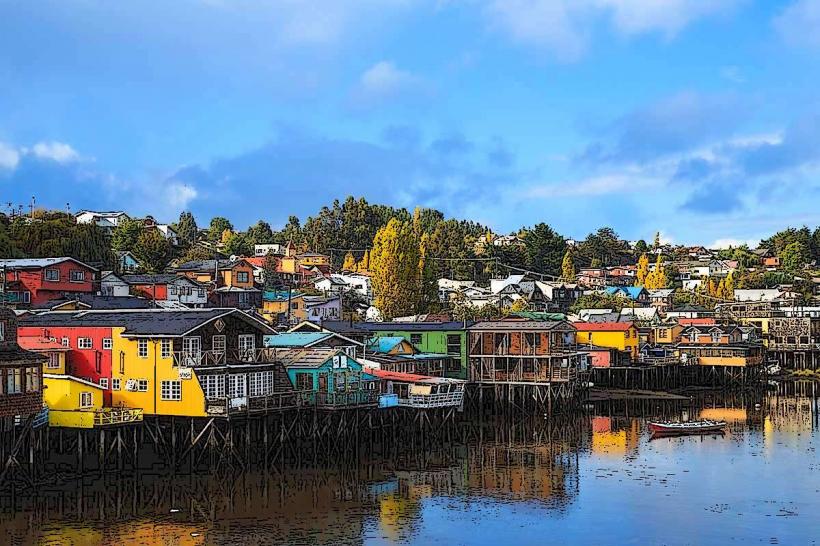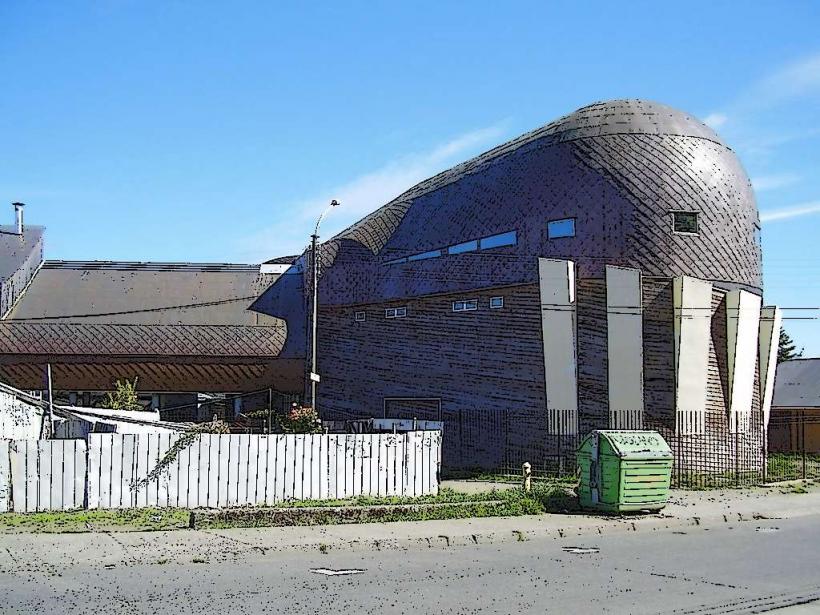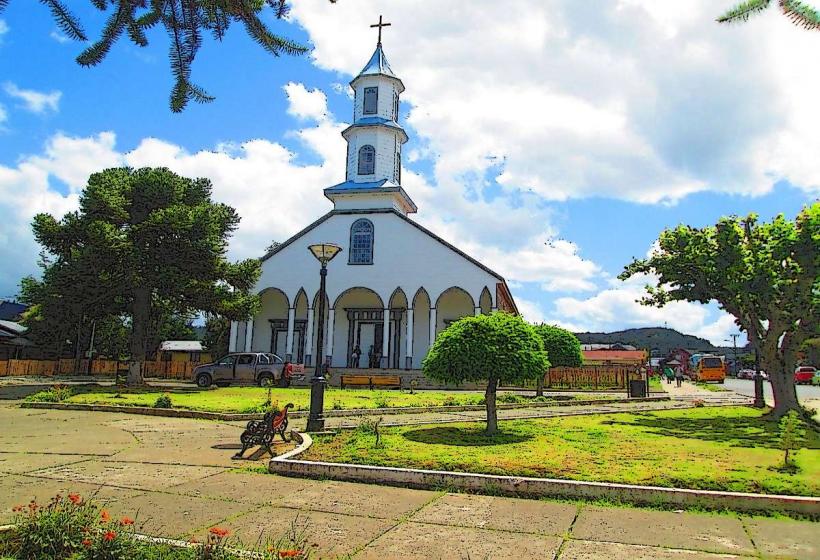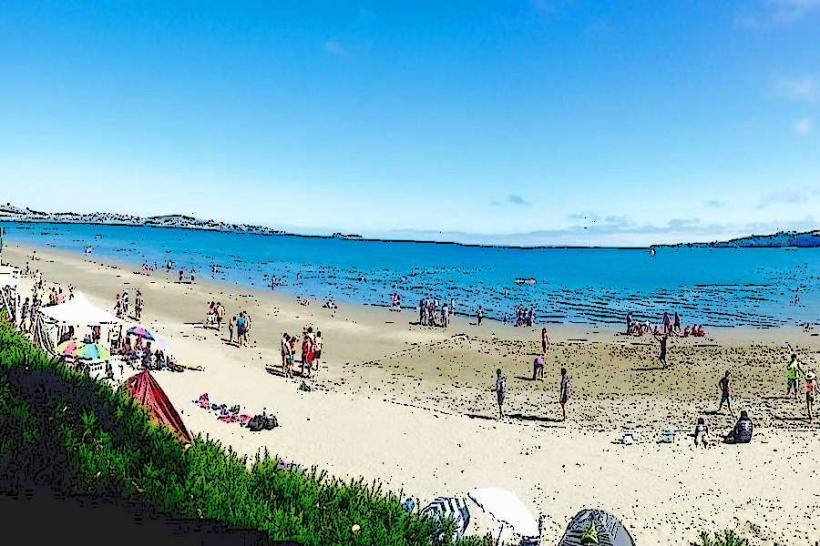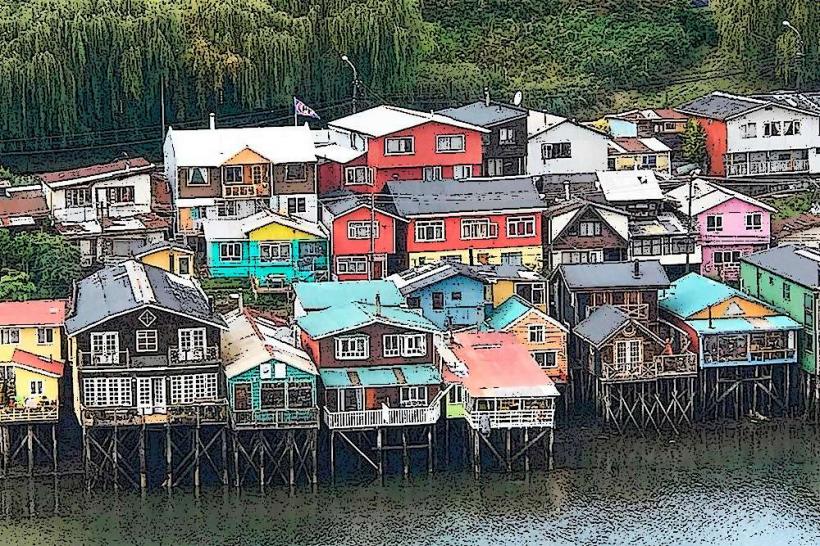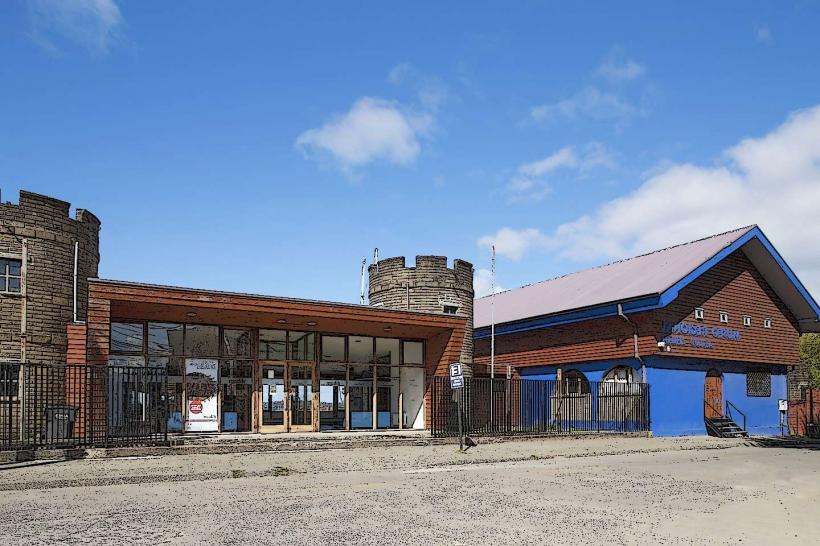Information
Landmark: Iglesia de San FranciscoCity: Chiloe
Country: Chile
Continent: South America
Iglesia de San Francisco – A Historic Church in Chiloé, Chile
Overview
Iglesia de San Francisco is one of the most iconic and historically significant churches in the Chiloé Archipelago, located in the southern region of Chile. Situated in the town of Ancud, this church is part of the UNESCO World Heritage-listed group of Chilean wooden churches, known for their unique construction style, vibrant colors, and cultural importance. The Iglesia de San Francisco is a remarkable example of Chiloé's traditional wooden architecture, blending local craftsmanship with Catholic influences.
History and Significance
The Iglesia de San Francisco was originally built in 1827, making it one of the oldest churches on Chiloé Island. It stands as a testament to the island’s rich religious history and the fusion of indigenous and Spanish colonial influences. The church was constructed using local materials, including wood from the region’s native forests, which were used in the distinctive construction technique known as "chilota architecture." This style of building, which includes wooden structures with shingles and intricate designs, is typical of the Chiloé Archipelago.
Over the years, the church has undergone several renovations, but its original architectural features have been largely preserved. In 2000, the Iglesia de San Francisco, along with 15 other wooden churches on the island, was declared a UNESCO World Heritage Site, recognizing the significance of these churches in representing the island’s cultural identity and the region’s architectural heritage.
Architectural Features
Exterior
- The church’s exterior is characterized by its bright colors and intricate wooden carvings. The façade is painted in vibrant reds, yellows, and whites, which help it stand out in the scenic coastal town of Ancud.
- The steeple of the church is one of the most striking features, rising high above the surrounding buildings and visible from various points in Ancud. The steeple and tower are topped with a cross, representing the church's religious significance.
- The wooden shingles used for the roofing and siding are typical of Chiloé's architectural style, designed to withstand the region's harsh weather conditions, including strong winds and heavy rainfall.
Interior
- The interior of the Iglesia de San Francisco is equally impressive, with its high wooden ceilings and ornate altars. The walls are decorated with wooden panels, often featuring biblical scenes and religious symbols.
- The altar is made of carved wood, and the church has several stained-glass windows, which allow light to filter through and create a beautiful play of colors inside.
- The design incorporates both European influences from the Spanish colonial period and local craftsmanship, making it a unique fusion of styles.
Architectural Style
The church follows the traditional Chilota style, which blends European and indigenous elements, resulting in a distinctive architectural form that is different from other churches in Chile. It is built entirely out of wood, a material that has been widely used in Chiloé due to the abundance of forests on the island.
Visiting the Iglesia de San Francisco
Location
? Iglesia de San Francisco is located in the town of Ancud, on the northern part of Chiloé Island. Ancud is one of the most important cities on the island and is accessible via ferry from the mainland or by road.
Getting There
- By car: From Castro (the largest city on Chiloé Island), the drive to Ancud takes approximately 1.5 hours. Visitors can follow Ruta 5 to reach the town.
- By bus: Several buses travel from Castro to Ancud, making it an easy trip for visitors without a car.
- By ferry: If arriving from the mainland, there are ferries from the city of Pargua on the mainland to Chiloé Island, with Ancud located just after the ferry landing.
Visiting Hours
- The Iglesia de San Francisco is open to visitors throughout the week, though it’s advisable to check the opening hours in advance, as they may vary.
- Masses are held regularly in the church, and visitors are welcome to attend. It is always recommended to respect the local traditions and religious services when visiting.
Why Visit Iglesia de San Francisco?
Cultural and Religious Significance
- The Iglesia de San Francisco is not only an architectural marvel but also an important religious and cultural landmark in Chiloé. As part of the UNESCO World Heritage Sites, it offers visitors a chance to appreciate the unique Chilean wooden church architecture and the island's religious heritage.
Architectural Beauty
- For architecture lovers, the wooden construction of the church is an excellent example of the region's traditional building methods, and the combination of Spanish and indigenous influences creates a visually stunning building.
Historical Importance
- Visiting the Iglesia de San Francisco offers insight into the colonial history of Chiloé, as well as the early development of Christianity on the island. The church is an important symbol of the cultural exchange that took place during the Spanish colonization.
Nearby Attractions
Museo Regional de Ancud
- Just a short distance from the church, the Museo Regional de Ancud offers exhibits on the history and culture of Chiloé Island, including its indigenous peoples, colonial history, and marine heritage.
Fuerte San Antonio
- A historic fort located near the waterfront, which offers panoramic views of the Chiloé Archipelago and a glimpse into the military history of the island.
Cerro La Virgen
- A hill that offers stunning views of Ancud and the surrounding coastline. It’s a great spot for hiking and appreciating the island’s natural beauty.
Why Visit Iglesia de San Francisco?
✅ Architectural Heritage – A remarkable example of Chilota architecture, combining local craftsmanship and European influences.
✅ UNESCO World Heritage – Recognized as part of the UNESCO World Heritage site for wooden churches of Chiloé.
✅ Cultural Insight – Learn about the religious history and cultural traditions of Chiloé.
✅ Photographic Opportunities – The striking colors and design of the church make it a photographer’s dream, especially against the backdrop of the island’s rugged landscapes.

